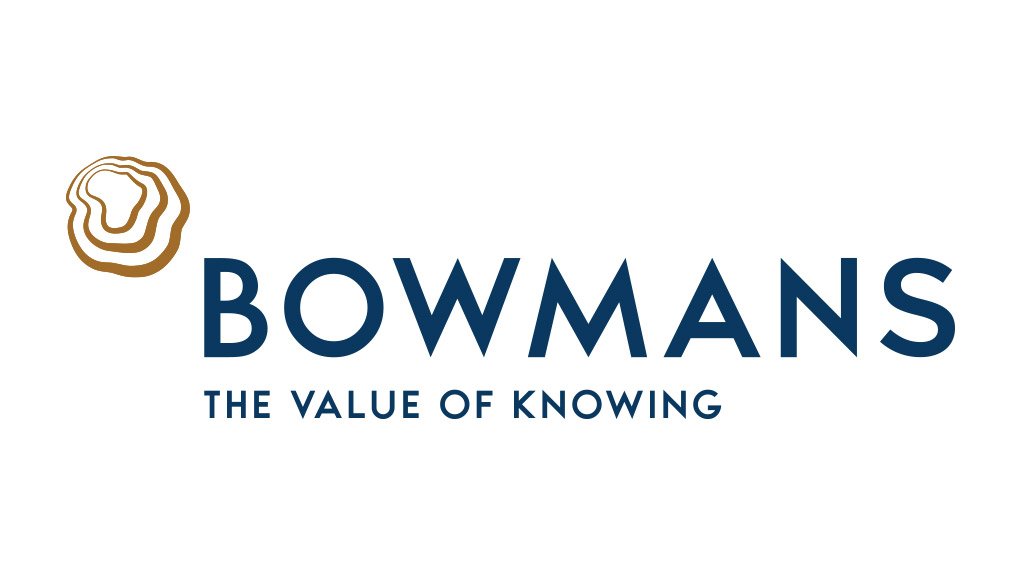On 1 February 2024, the Minister of Employment and Labour published new draft regulations (February 2024 Regulations) dealing with the proposed sectoral numerical targets contemplated in section 15A of the Employment Equity Act, 1998 (EEA) for public comment. This section was introduced by the amendments signed into law by President Ramaphosa on 6 April 2023, which are still to come into effect.
This follows the flurry of public comment and debate that surrounded the previous draft of the regulations, which was released in May last year (May 2023 Regulations), and the agreement subsequently signed between the South African Government and trade union, Solidarity which was made an order of court in October 2023 (Settlement Agreement). The public has 90 days (i.e. until 2 May 2024) to comment on the February 2024 Regulations.
How do these regulations compare to the May 2023 Regulations?
One of the first noticeable changes from the May 2023 Regulations is that the February 2024 Regulations contain an explanation on how the proposed five-year targets were determined and provide more detailed guidance for designated employers on how the targets are to be applied.
In this regard, the February 2024 Regulations indicate that, in setting the numerical targets, the Department of Employment and Labour (DoEL) took into account not only the demographic profile of the national and regional/ provincial economically active population (EAP), but also the workforce profiles of each economic sector, based on information provided in the 2022 EE reports submitted by employers to the DoEL. This is encouraging, as it takes into account the realities of a particular sector, which for example, could be more dominated by males. In addition, unique sector dynamics such as skills availability, economic and market forces and ownership, which were factors raised by stakeholders as part of the previous consultation process, have also been taken into account.
When it comes to applying the targets, the February 2024 Regulations now make it clear, among other things, that designated employers will be required to set annual numerical goals and will be measured against these annual goals towards meeting the relevant five-year sectoral targets. When setting these annual goals, designated employers must also take into account their workforce profiles and the applicable EAP.
Whether the provincial or national EAP should be applied still depends on whether a designated employer operates its business nationally or in a particular province. Helpfully, however, the February 2024 Regulations now explain what EAP a designated employer should choose if it operates in more than one province, which was unclear from the May 2023 Regulations. In these circumstances, the guidance indicates that a designated employer may choose the EAP of the province in which the majority of employees perform their functions. Similarly, where a designated employer operates in more than one sector, it should choose the economic sector with the majority of employees.
Another addition is that the February 2024 Regulations restate some of the key principles relating to the implementation of affirmative action measures, in line with the EEA and as interpreted by our courts. This content (found in Regulation 4) comes directly from the Settlement Agreement, which was to be gazetted ‘as part of the 2023 Employment Equity Regulations’. For our discussion on the contents of the Settlement Agreement, see our previous newsflash here.
As for the actual targets, the most significant changes are as follows:
- There are no longer separate targets prescribed nationally and per province for each occupational level in a sector. In respect of each occupational level, there is now a single target for each sector, differentiating only between males and females.
- Those targets apply to ‘designated groups’ generally and are no longer broken down further per population group.
Implications for employers and their EE plans
Once the amendments to the EEA are in effect, and the final version of the regulations are published, designated employers will be required to comply with the relevant sectoral targets in setting the numerical goals in their employment equity plans.
What is important to appreciate is that the prescribed targets are five-year targets, and designated employers will maintain the power and responsibility to determine their own annual goals towards achieving the relevant five-year targets.
While sectoral targets are only set for the four upper occupational levels (i.e. Top Management, Senior Management, Professionally Qualified, and Skilled), designated employers will still be required to set numerical goals and annual targets for the semi-skilled and unskilled occupational levels in their employment equity plans.
Further, while the sectoral targets no longer distinguish between the particular population groups recognised as ‘designated’ for purposes of the EEA, designated employers will still need to set distinct annual goals for each category of designated group in their plans and will be required to continue to report on their workforce profile annually.
While it appears that we are a step closer to the commencement of the much-anticipated amendments, employers do still have an opportunity to submit their representations before the final targets are set. Employers are accordingly encouraged to review the revised targets that have been proposed by the DoEL and may wish to seize this opportunity to raise, for example, the scarcity of skills and other unique factors that may be applicable to their particular sectors as a reason for reconsidering any targets. Also note that, with 1 May being a public holiday, comments are due by 2 May 2024.
Written by Talita Laubscher, Chloë Loubser, Melissa Cogger; Bowmans
EMAIL THIS ARTICLE SAVE THIS ARTICLE ARTICLE ENQUIRY
To subscribe email subscriptions@creamermedia.co.za or click here
To advertise email advertising@creamermedia.co.za or click here











